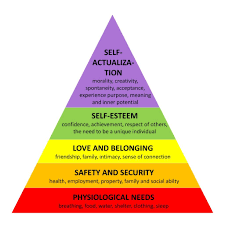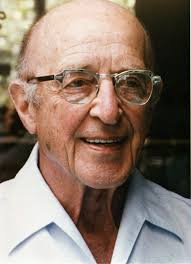
Reality Therapy: A Needs-Based & Integrative Approach to Therapy
Reality Therapy, developed by psychiatrist William Glasser in the 1960s, is a client-centred, directive form of psychotherapy that focuses on present behaviour and personal responsibility. However, the approach can be utilized as a tool within the context of integrative psychotherapy. Grounded in the belief that psychological problems are the result of individuals failing to meet their basic needs in effective ways, Reality Therapy empowers clients to make better choices to achieve greater satisfaction and psychological well-being (Wubbolding, 2016).
At its core, Reality Therapy is built on Choice Theory (Bradley, 2014), which posits that all behaviour is chosen and that individuals are driven to fulfil five genetically encoded needs: survival, love and belonging, power, freedom, and fun. These needs bear a close resemblance to Maslow’s hierarchy of needs, which also sees human motivation as a progression through basic physiological survival to self-actualization.

Connection to Maslow’s Hierarchy of Needs
Maslow’s (1943; 2000) model outlines a five-tier system of human needs, beginning with physiological needs and culminating in self-actualization. Reality Therapy aligns with this framework by emphasizing the fulfilment of internal psychological needs, particularly love and belonging, which Glasser regarded as central to mental health. In fact, many clients who seek therapy are struggling because they feel disconnected or lack a sense of purpose—issues that mirror the belongingness and esteem levels in Maslow’s hierarchy. Reality Therapy offers practical tools for clients to rebuild relationships, take control of their actions, and move closer to the self-actualization level by living more purposefully and autonomously.
Integration with Other Therapeutic Approaches
While Reality Therapy has a distinct identity, its principles can be harmoniously integrated into other major psychotherapeutic traditions, including psycho-dynamically oriented psychotherapy, Rogerian therapy, and holistic approaches.

Psychodynamically Oriented Psychotherapy
Though psychodynamic therapy traditionally focuses on unconscious drives and early childhood experiences, it has evolved into a more flexible, relational model that accommodates a wide range of therapeutic tools. Reality Therapy’s focus on client agency and present-oriented problem-solving does not conflict with psychodynamic work; rather, it can enhance it by helping clients take active steps to change maladaptive behaviour patterns uncovered in the deeper work of insight-oriented therapy. As Kraft (2012) notes, psycho-dynamically oriented psychotherapy has become increasingly integrative, valuing pragmatic interventions that support clients’ autonomy and resilience.

Rogerian Therapy (Person-Centered Approach)
Reality Therapy also shares common ground with Carl Rogers’ person-centred therapy (Rogers, 1946), particularly in its non-pathologizing stance. Both approaches regard the client as the primary agent of change and emphasize empathy, congruence, and unconditional positive regard. However, Reality Therapy adds a more structured, directive component by encouraging clients to evaluate their current behaviour and make more effective choices. Used together, these approaches can help clients feel deeply heard while also empowering them with actionable strategies.
Holistic and Enlightened Psychotherapy
Modern psychotherapy increasingly values integrative and holistic approaches that address the emotional, behavioral, cognitive, and spiritual dimensions of the client. Reality Therapy’s emphasis on responsibility, meaningful connection, and personal empowerment aligns well with these broader goals. It invites clients to see themselves not as victims of circumstance, but as agents of change—capable of making conscious decisions that serve both their psychological needs and their ethical values.
Conclusion
Reality Therapy offers a pragmatic, needs-based approach that complements both humanistic and psychodynamic traditions. Its compatibility with Maslow’s theory of motivation, its focus on client agency, and its integration with Rogerian and psychodynamic principles make it a valuable tool in the hands of modern, holistic therapists. By addressing the gap between what clients want and what they are doing, therapists can facilitate profound and lasting change—grounded in personal responsibility, self-awareness, and connection.


